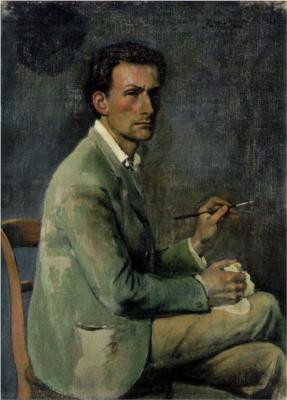
1908 - 2001
Balthus (Balthazar Klossowsky de Rola)
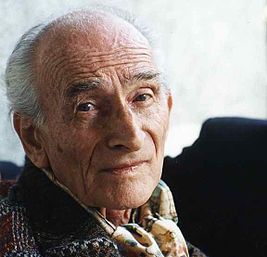
description
The French artist of Polish and Jewish origin was one of the most mysterious and mystical artists of the twentieth century, whose paintings are extremely ambiguous and are popular in the international art community. Balthus was one of those painters who cannot be clearly catalogued. He deliberately isolated himself from all the artistic trends that had succeeded in his time, in order, as he admitted, to achieve timeless realism.
Baltus (Count Baltazar Klossowski) is known for his erotically charged images of teenage girls living in the world of their imagination and images. Therefore, his paintings are more reminiscent of magical realism with its fantastic world than surrealism.
It is hard to say that the master’s painting was influenced by the prevailing fashion to return to realism – he initially used the techniques of the art of the Old Masters in order to create his own universe. His not always harmless and characteristic bourgeois interiors are just the conditions for depicting an ambiguous world populated by young people at the height of puberty, in which adults are not allowed, but can pervertedly intrude, as described in the scandalous work “Guitar Lesson”, which the New York MOMA first purchased, and soon got rid of.
The artist actively resisted any attempts to create his biographical profile – in a telegram sent to the Tate Gallery, where a retrospective of his works was being prepared, he wrote in response to a request: “Balthus is an artist about whom nothing is known. Now let’s see his work”.
Key ideas:
– Balthus was one of the followers of the figurative movement, while the queen of fine art was abstraction. Throughout his creative career, Balthus rejected existing trends in the world of art and insisted that people should only watch his paintings, not reading anything about them.
– Later, the painter did not, as it might seem, join the general movement «back to the figurativeness and reality»; he was always under the influence of the tradition, but not in the forms of academic formalism. However, his art is also characterized by the ambiguity inherent in the realistic process of the mid-20th century, when the artist, wanting to be “objective,” became critical and exposed social problems.
– From the artist’s letters one can understand how he explained the “obscene” content of his paintings, according to many: “eroticism in art is the only thing that still makes us talk about the impression of the painting. The reaction generally manifests itself in the form of scandal or censorship». Nevertheless, he wanted eroticism to be distinguished from obscenity and, speaking of Alice in the Mirror, emphasized, «I do not believe that this is obscene, and I believe that it is true that a girl can look at herself without feeling shameful”.
– Such surrealistic objectivity, when a mirror becomes a viewer in the painting, is a distinguishing feature of this extraordinary artist.
– The artist explained his passion for the depiction of teenagers (he considered children real angels) as follows, «I never can never draw a woman. The beauty of a teenager is more interesting. The girl embodies the future, the creature, before it becomes perfect beauty. The woman has already found her place, her beauty has revealed – the woman’s body is already completed. The mystery has disappeared”.
– Balthus is one of the «meticulous» artists: he worked on some of his paintings during several years, creating several preparatory research sketches.
1908
1917
1921
1924
1934
1937
1956
1961
1968
1977
1980
1991
2001
The artist was born
Parents of the artist broke up

Rilke published the book of 13-year-old Balthazar "Mitsou"
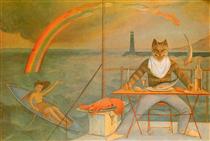
The artist arrived in Paris
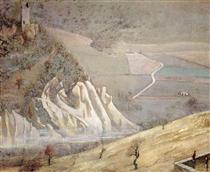
He held a solo exhibition at the Pierre gallery in Paris

Married Antoinette Watteville
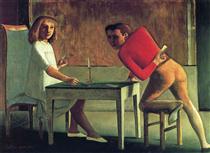
The artist’s exhibition was successfully held at the Museum of Modern Art in New York
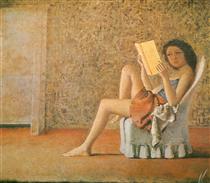
Balthus headed the representative office of the French Academy
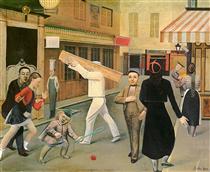
The retrospective exhibition of the artist took place at the Tate Gallery in London
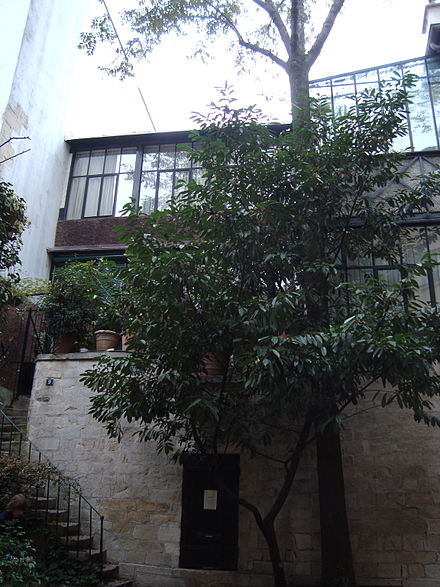
Moved to Switzerland
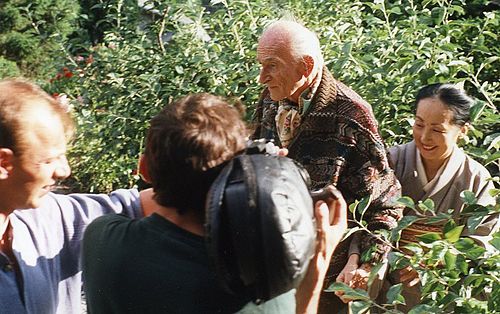
Participated in the Bienale
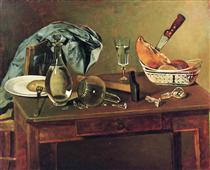
He was awarded the Imperial Prize
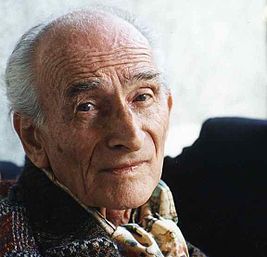
The artist died

Balthus (Balthazar Klossowsky de Rola)
On Artist
flow
Symbolism
Impressionism
Post-impressionism
friends
Joan Miro
artists
Maurice Denis
Pierre Bonnard
Nikola Poussin
Andre Breton
By Artist
flow
Abstract expressionism
friends
Alberto Giacometti
Andre Derain
Pablo Picasso
artists
Man Ray
Emil Chambault
Dwayne Michals
Lawrence Stephen Lauri
